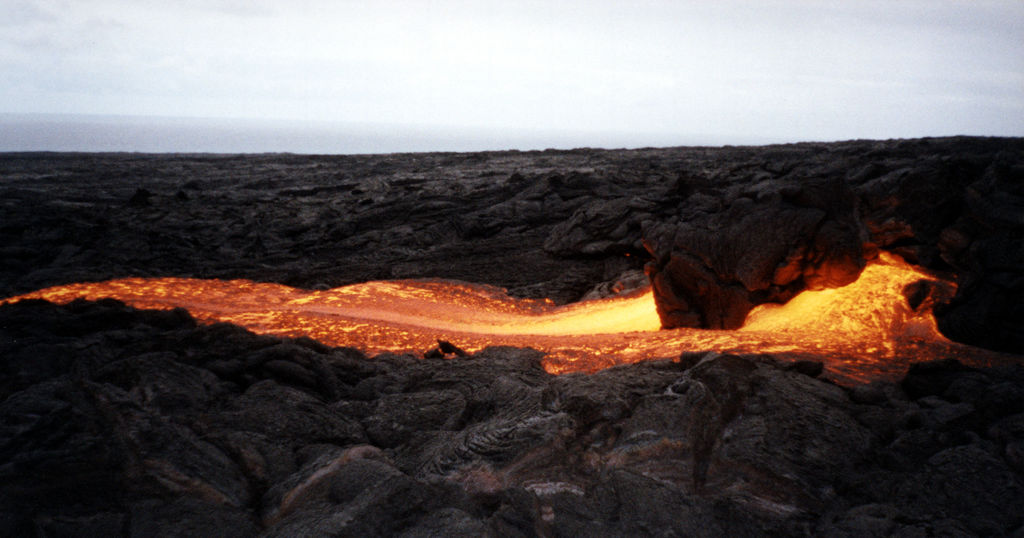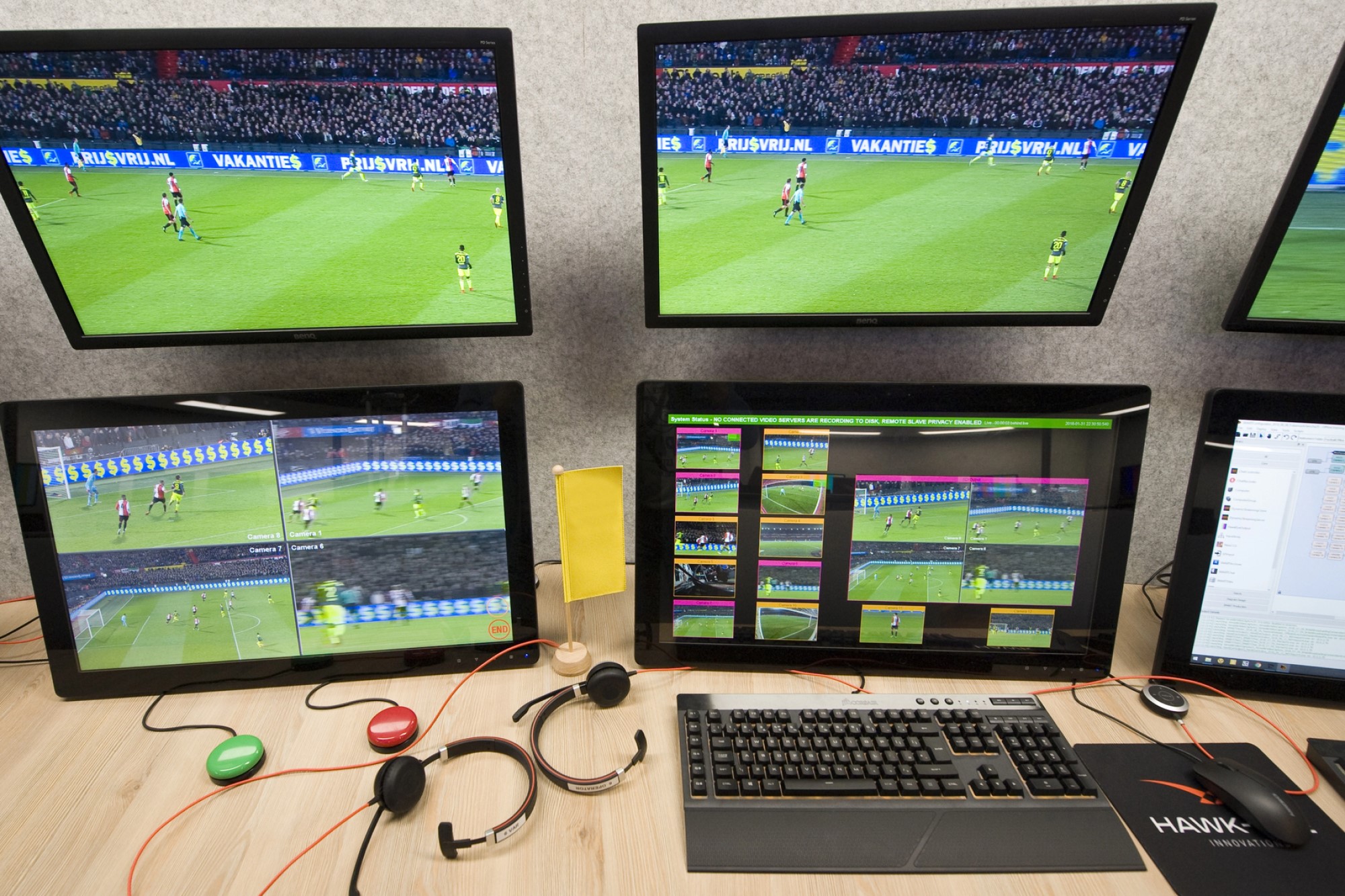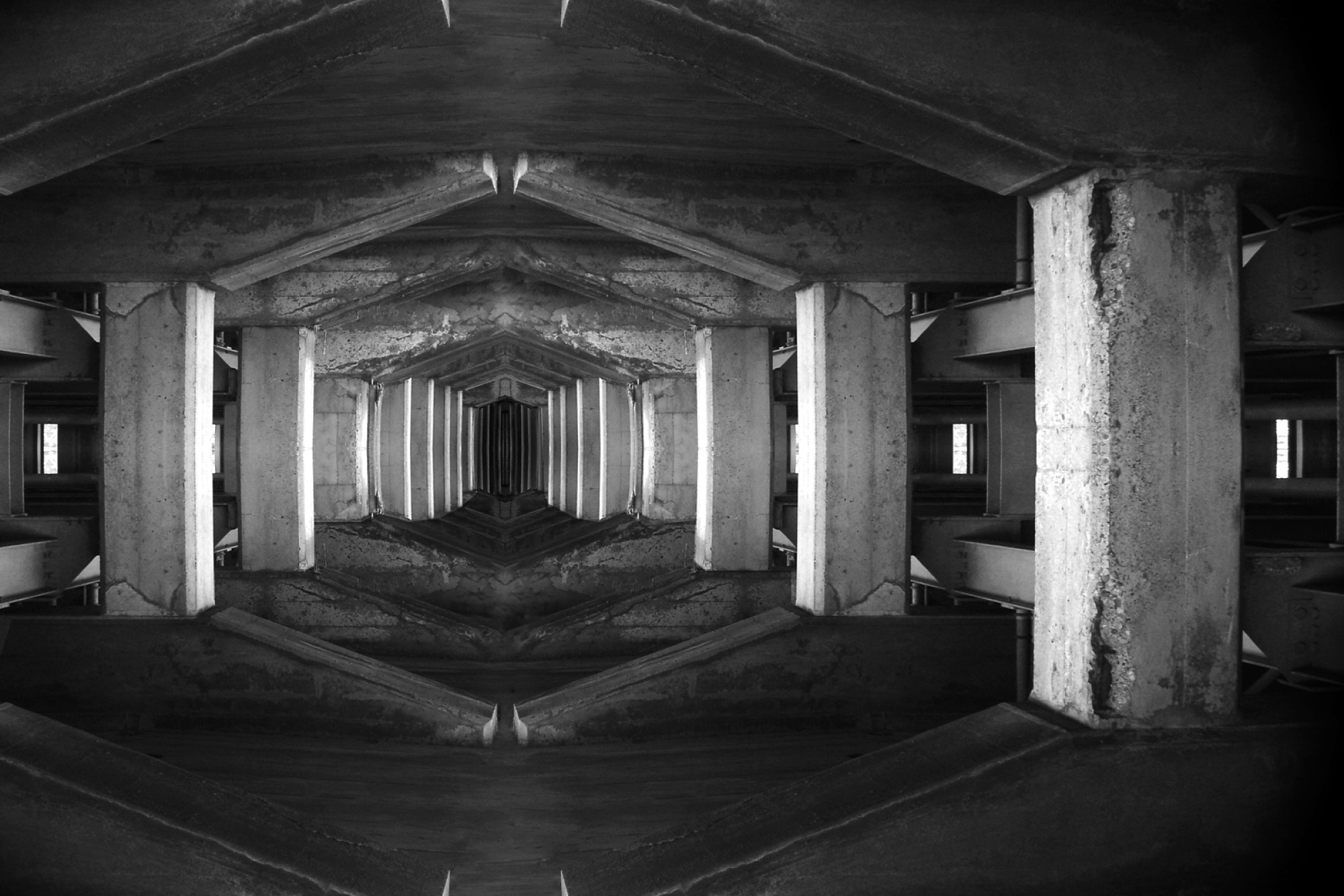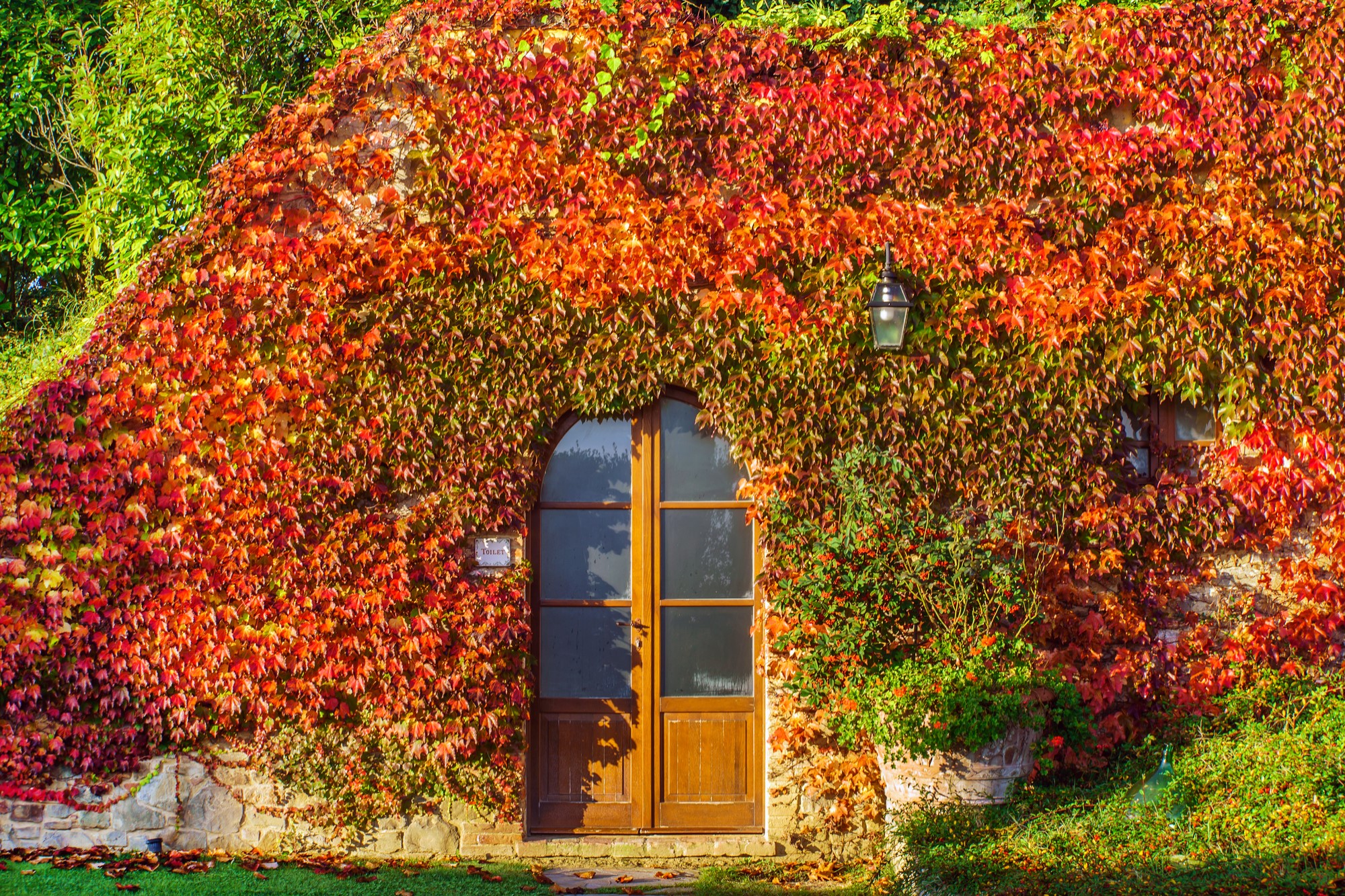Natural Disasters? Earthquakes, Eruptions, and Climate Change
In the opening week of May, homes in Hawaii are being threatened by a notable volcanic eruption. Over 1,500 people have already been evacuated as lava flow inches only hundreds of yards away from subdivisions, sparking fires and releasing dangerous amounts of sulfur dioxide. Expert volcanologist Erik Klemetti is concerned about the new fissures on Mount Kilauea, especially since the volcano has long, sloping sides and is over 20 miles in diameter at the base. Unlike stereotypical conceptions of how volcanoes erupt, Kilauea is not erupting from the top, but from multiple fissures along the slopes. And although Kilauea has been regularly erupting for the past three decades, new fissures are appearing in an area “where there hasn’t been an eruption since the 1950’s.” These startling developments are a reminder that climate change concerns not only gas emissions or carbon footprints, but will likely increase the occurrence and scope of natural disasters, as well.
How does climate change affect natural disasters? Bill McGuire from The Guardian asks readers to look at the “bigger picture.” Singular events like the Tohoku earthquake in 2011 and the eruptions at Kilauea cannot be directly blamed on climate change. However, changing rainfall patterns have been connected to earthquake activity. Particularly in the Himalayas, there are significantly fewer earthquakes during the monsoon season, when the earth’s crust is soaked with rainwater. Since rising global temperatures will likely change rainfall patterns, areas that receive the most natural rainwater may be dryer in coming decades and more susceptible to shifting plates, instigating more earthquakes.
McGuire also comments on how climate change can influence volcanic eruptions. “Alaska’s Pavlof volcano, McGuire states, “appears to respond not to wind or rain, but to tiny seasonal changes in sea level.” When the sea level is increased only by tens of centimeters, the crust beneath the volcano bends, and magma squeezes out. Following this logic, melting arctic ice could permanently increase sea levels near Alaska, gradually increasing the crust’s pressure around Mount Pavlof. More volcanic eruptions could be expected. This case study provides one example of how sensitive volcanic activity is to only a few inches of sea level change. Furthermore, Ross Stein with the US Geological Survey argues that as communities build more dams and reservoirs to prepare for future water shortages, fault lines under reservoirs will become more lubricated and agitated. The way humans manipulate Earth’s surface has lasting effects on the crust below, and the constantly changing conditions could spark an earthquake.
However, “no one is suggesting that we will see a great surge in the number of earthquakes and volcanic eruptions,” and the future consequences of global climate change will remain unexpected and shrouded in mystery. Natural disasters posit a different dilemma for climate change mitigation than other more obviously anthropogenic phenomena. Car gas emissions can be lessened by biking to work or owning fuel-efficient cars. Methane from trash dumps can be captured, and methane from meat production can be reduced by eating vegetarian or vegan. But what can individuals do to prevent earthquakes? This is one of the many reasons climate change is considered to be apocalyptic. The scope of climate change is vast, all-encompassing even, and results in a fatalistic attitude. Large geological engineering projects, one proposed solution for mitigating climate change, could indirectly cause more earthquakes by manipulating Earth’s surface and thereby the crust below.
As we’ve seen time and again in recent decades, the Earth’s sea level is delicately balanced, affecting more phenomena than we know now. Preserving Earth’s sea level and preventing it from rising remains one of the top goals for climate change mitigation, as rising sea levels are closely tied to increased earthquake and volcanic activity. Residents in Hawaii will hopefully be able to return to their homes within the next two weeks, unless Kilauea continues to fissure and spill magma near residential communities. The effects of climate change are abstract until it happens in your own backyard.





